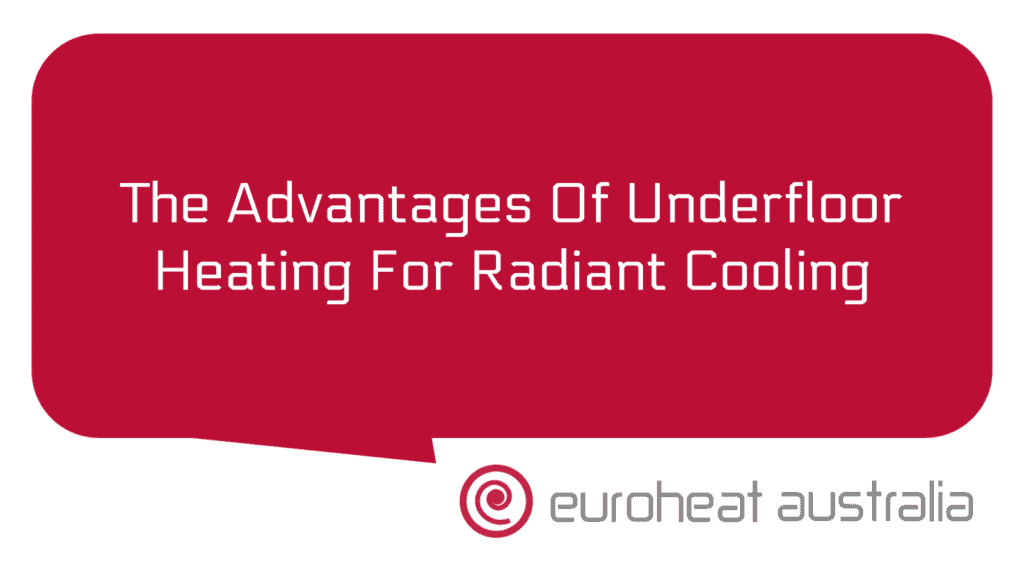The maintenance of a geothermal system is a vital part of keeping your home comfortable and energy-efficient. While Geothermal systems are generally low-maintenance, it’s important to understand the basics of upkeep and what to expect when you invest in one.
Geothermal systems use energy from the ground (or water) to heat and cool your home, so there are no external components that need to be maintained or replaced. The main maintenance that is required is inspection of the equipment inside your home, such as the heat pump, blower motor and condenser coils.
Inspecting these components regularly can help you spot any issues before they become major problems and save you money in repairs down the line. It’s recommended that you inspect these components at least once a year, but you can also choose to have them inspected by a professional once every three years instead.
Another important part of maintaining your geothermal system is making sure that all air ducts are properly sealed and insulated. This will help reduce energy losses through air leaks and ensure that your system runs at its most efficient. It’s also important to make sure that all vents are clear from obstructions, as this can also reduce efficiency.
Finally, it’s essential to keep an eye on your energy bills so you can spot any changes in usage or costs that might indicate problems with your system. Keeping track of this information will allow you to address any issues quickly and keep your costs down in the long run.
When it comes to investing in a geothermal system for your home, there are many benefits – including significant energy savings over traditional heating and cooling systems. Geothermal systems use 25-50% less electricity than traditional air conditioning systems – meaning lower monthly bills – as well as being more reliable due to fewer mechanical parts needing replacing over time.
Additionally, installing a geothermal system also qualifies homeowners for tax credits – which could add up to thousands of dollars in savings over time – as well as other incentives available through certain programs such as net metering or renewable energy credits (RECs).
For homeowners in Perth looking for cost-effective solutions with long-term benefits, Euroheat Australia offers design & installation services for hydronic heating & cooling systems with 30 years of experience behind them. Their team will guide you every step of the way from initial assessment & design through installation, testing & commissioning – giving you peace of mind knowing your new system is up & running at its most efficient possible level for years to come!





